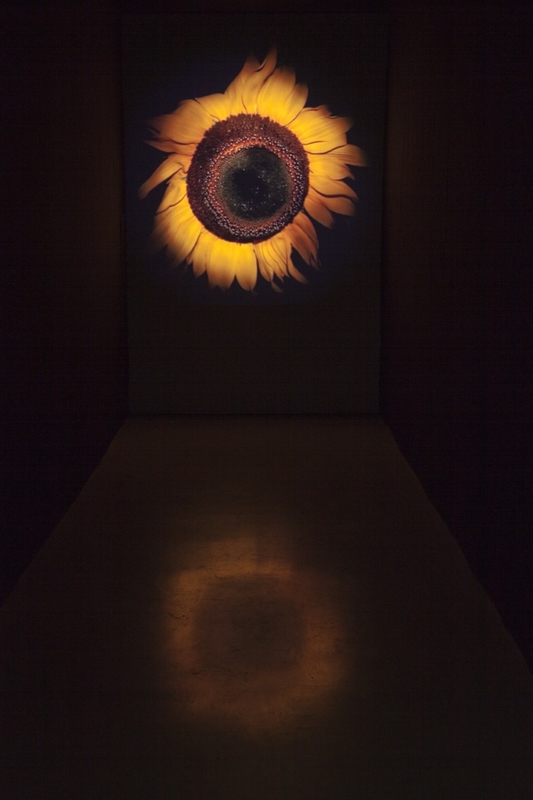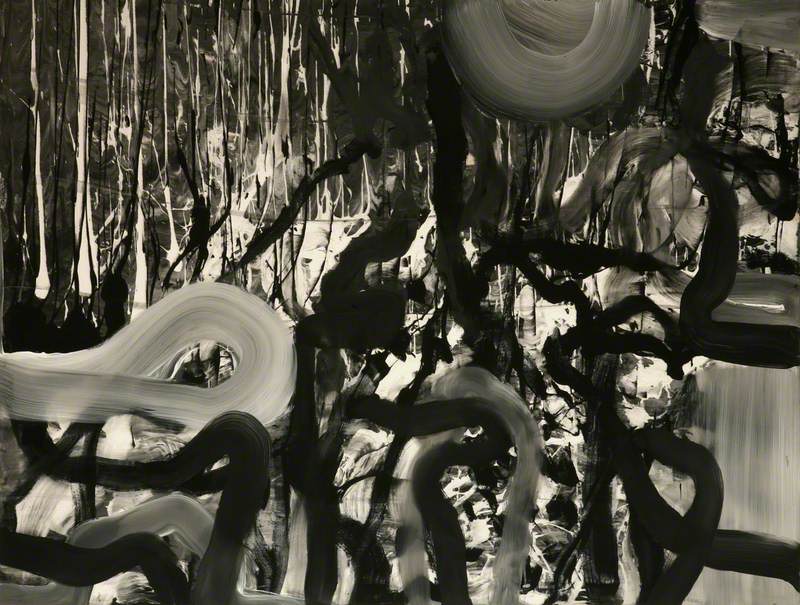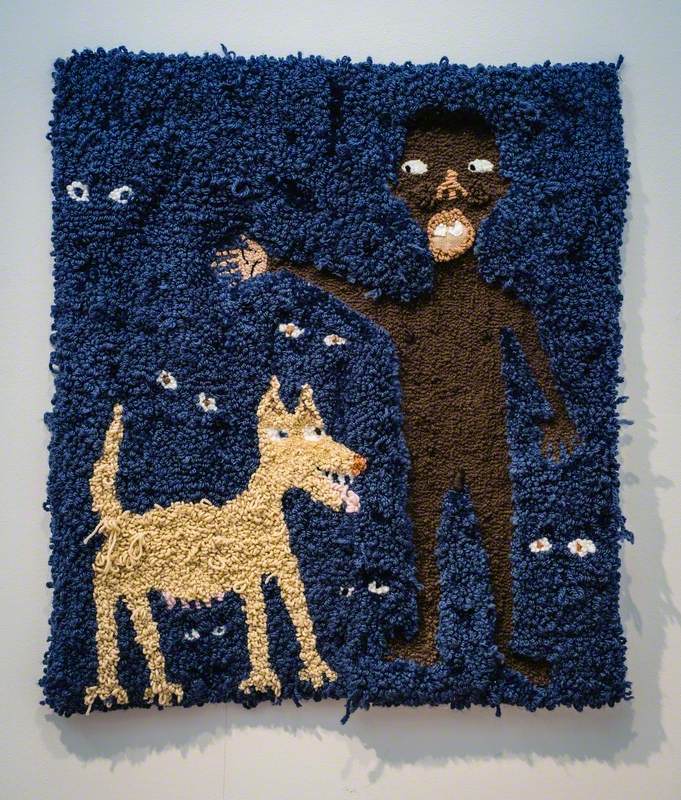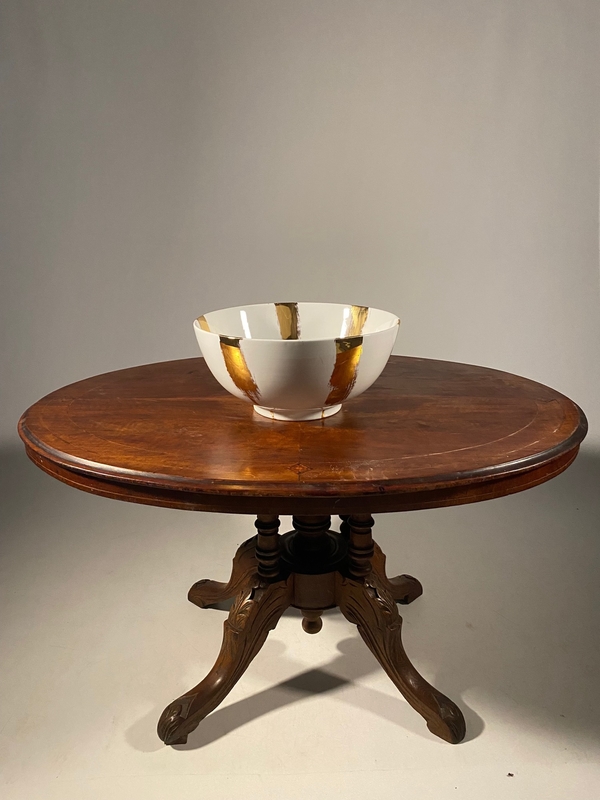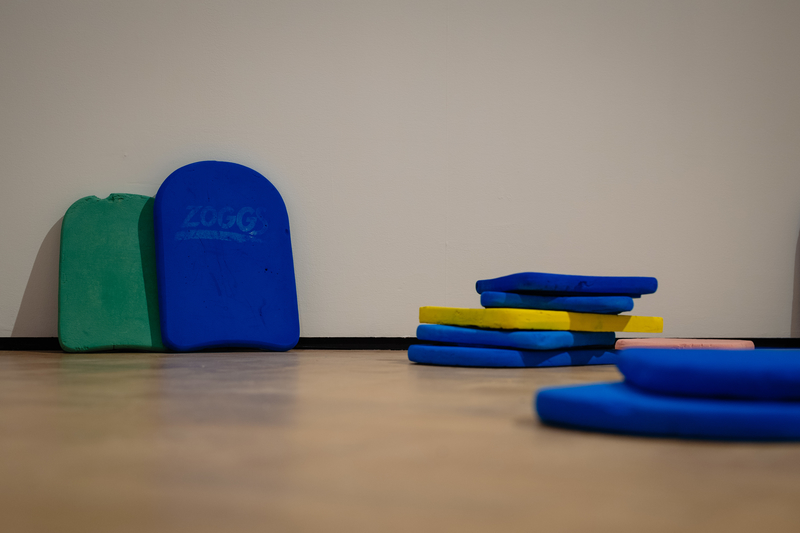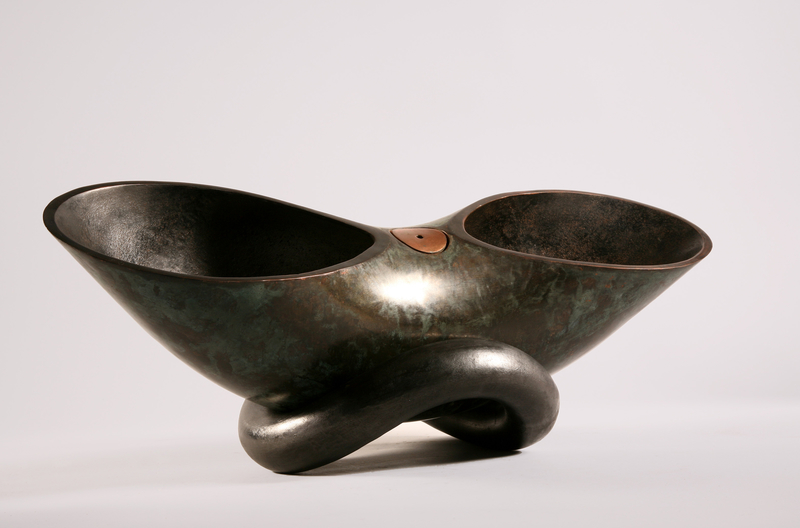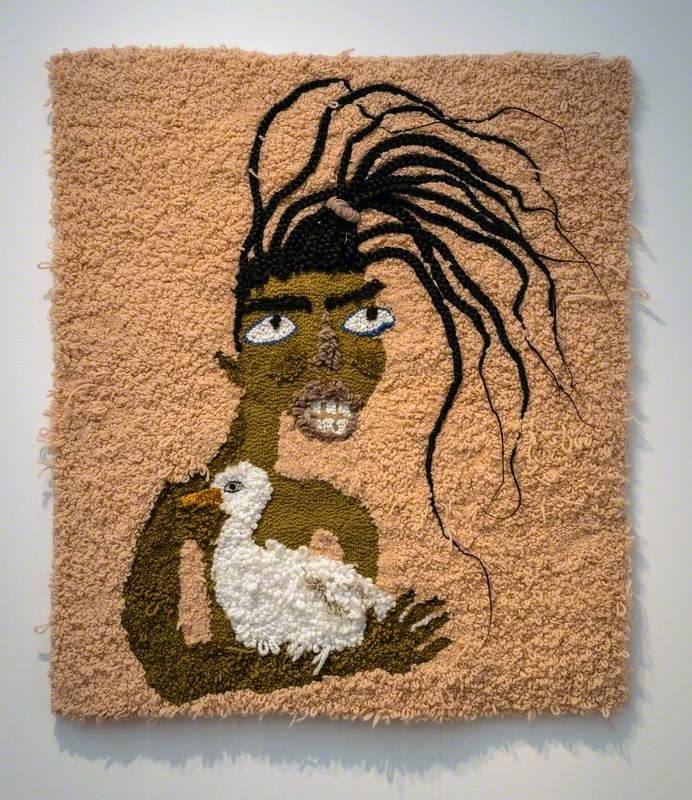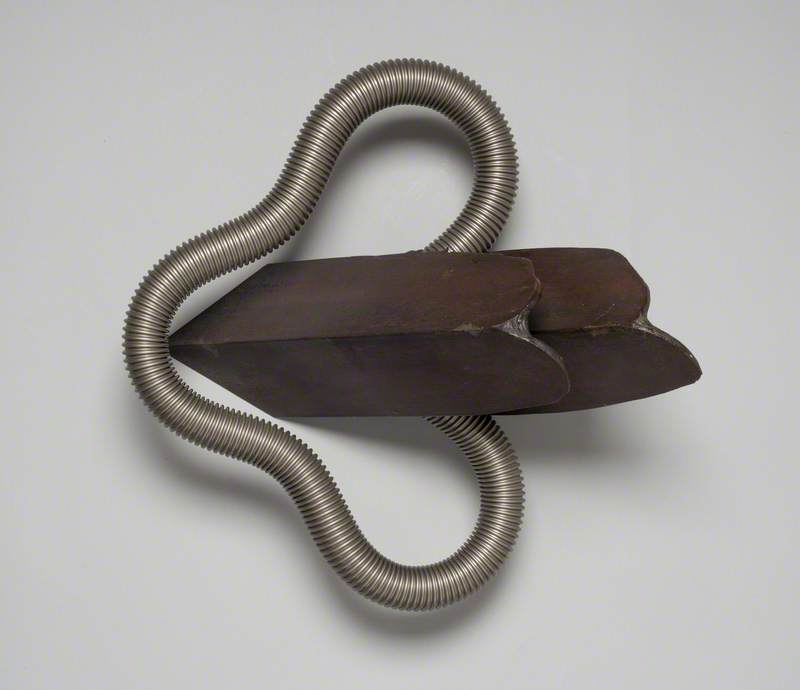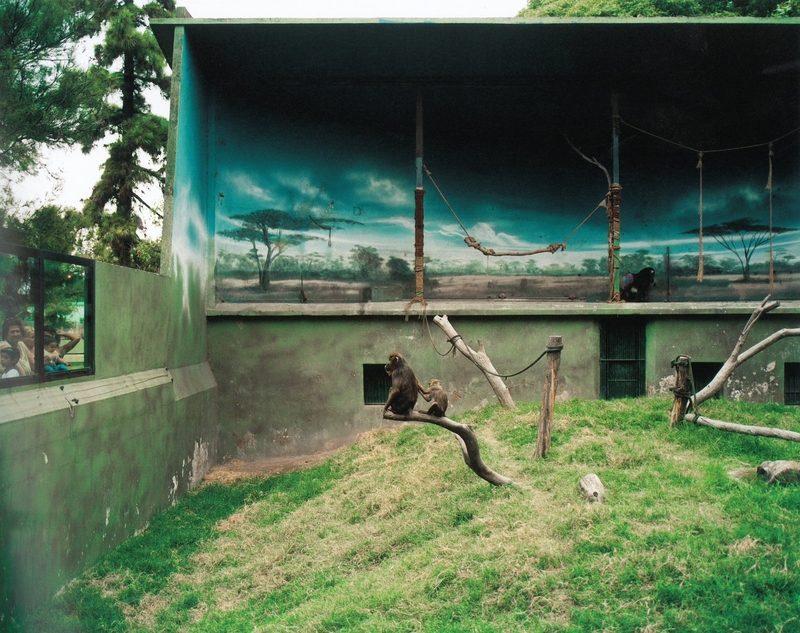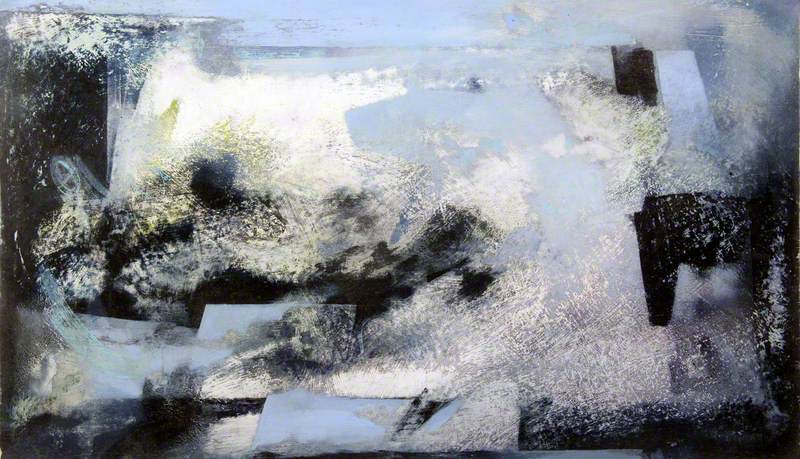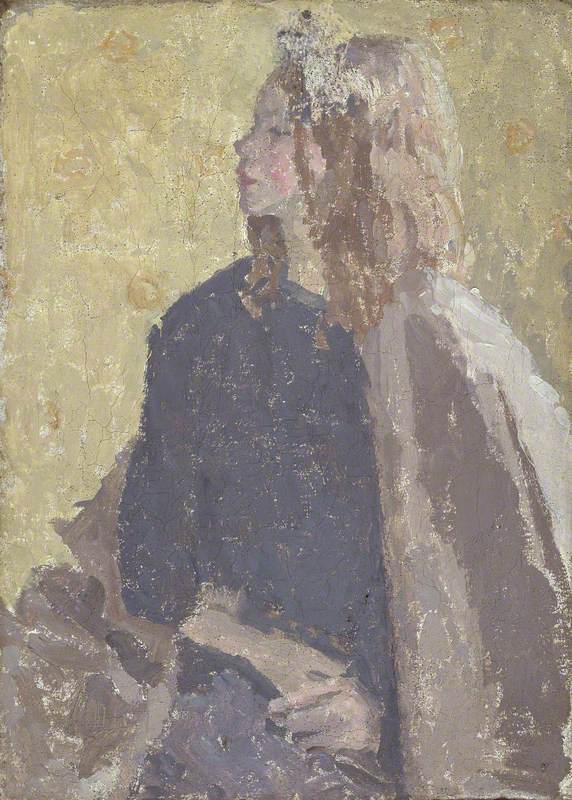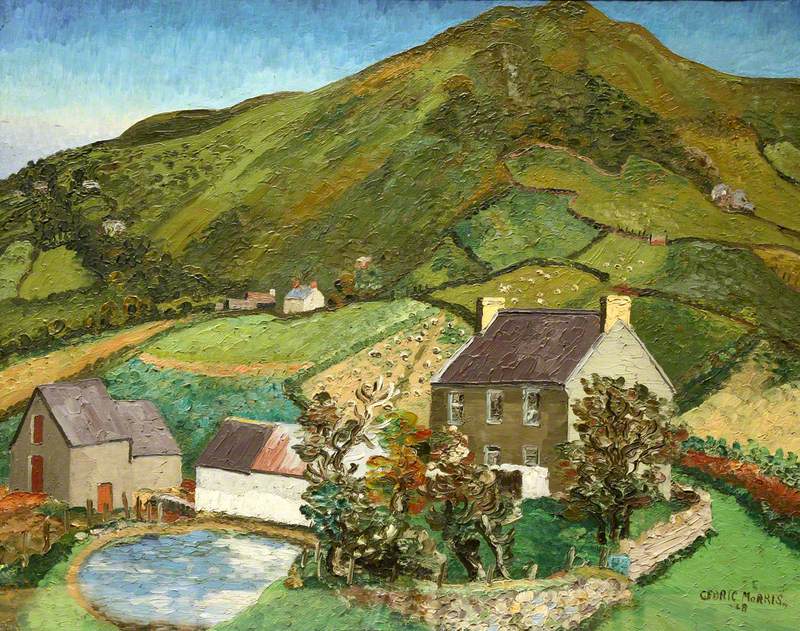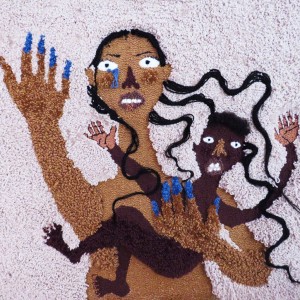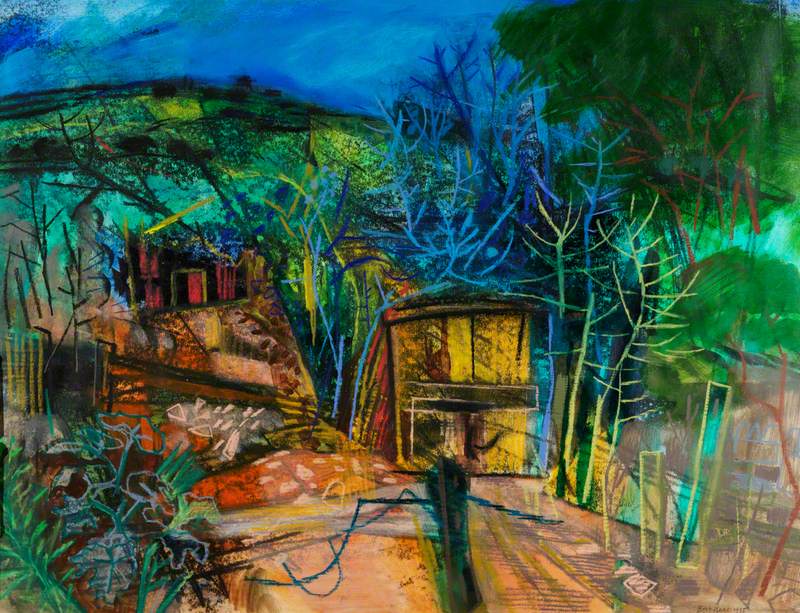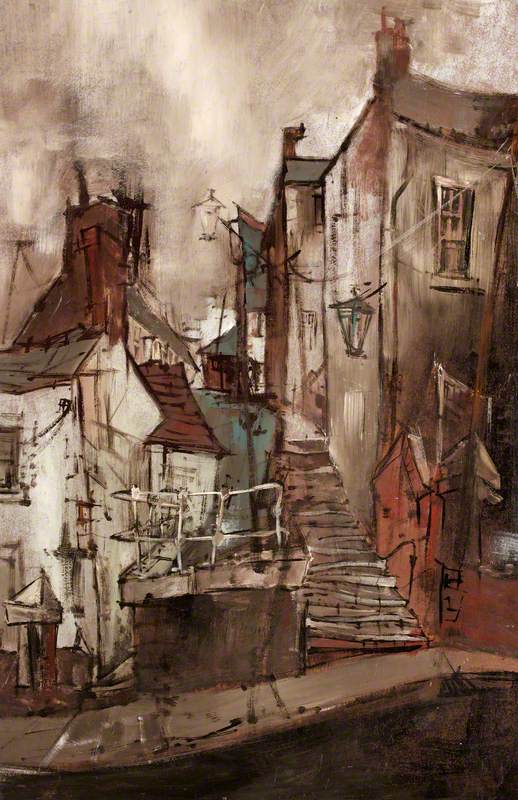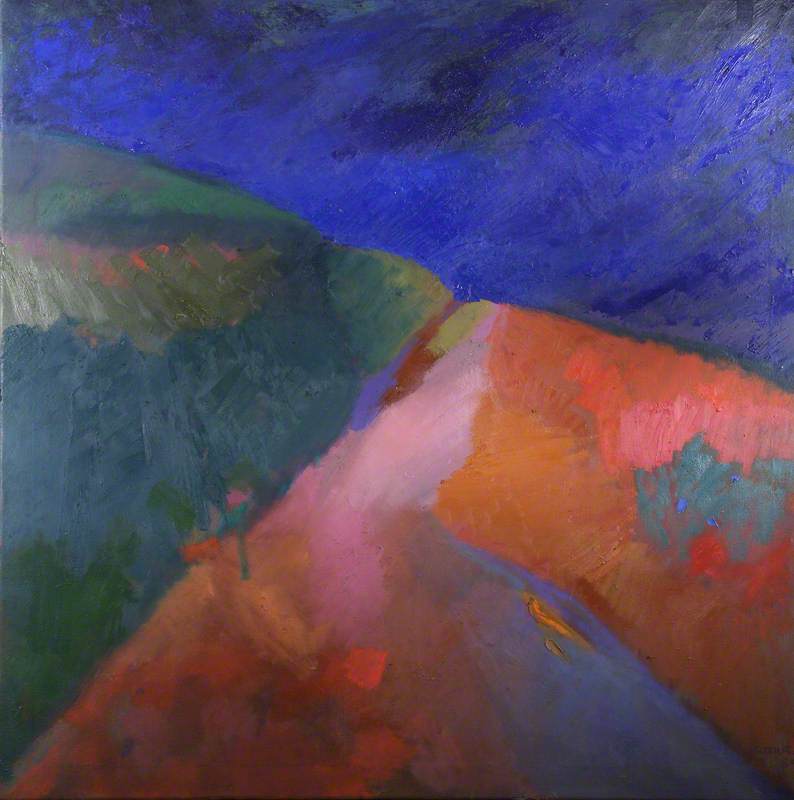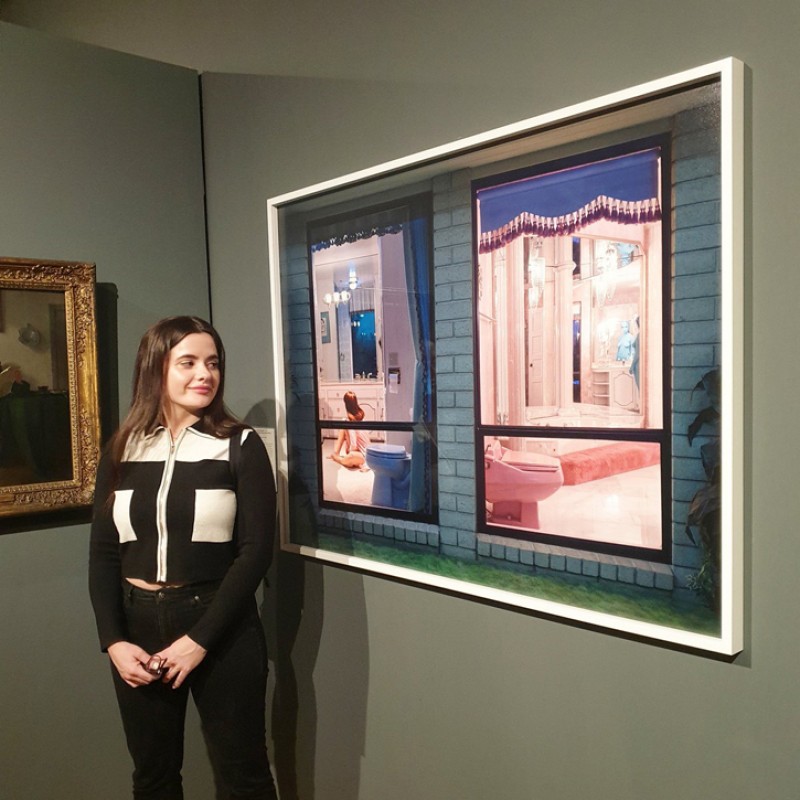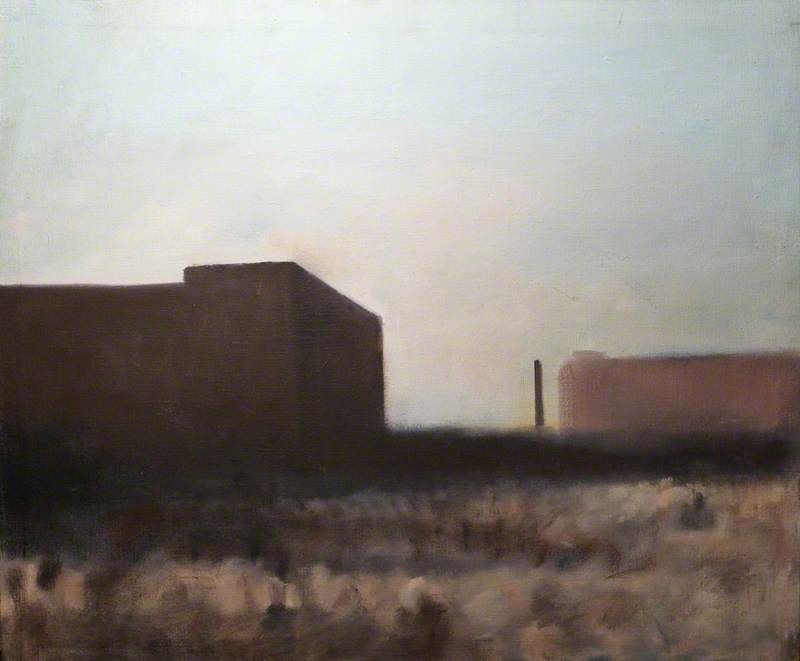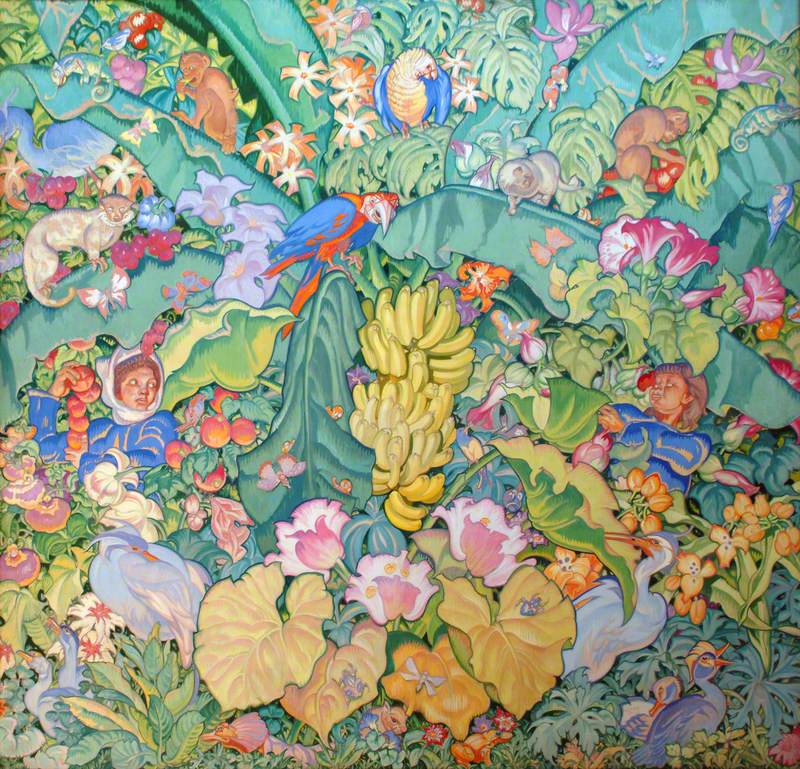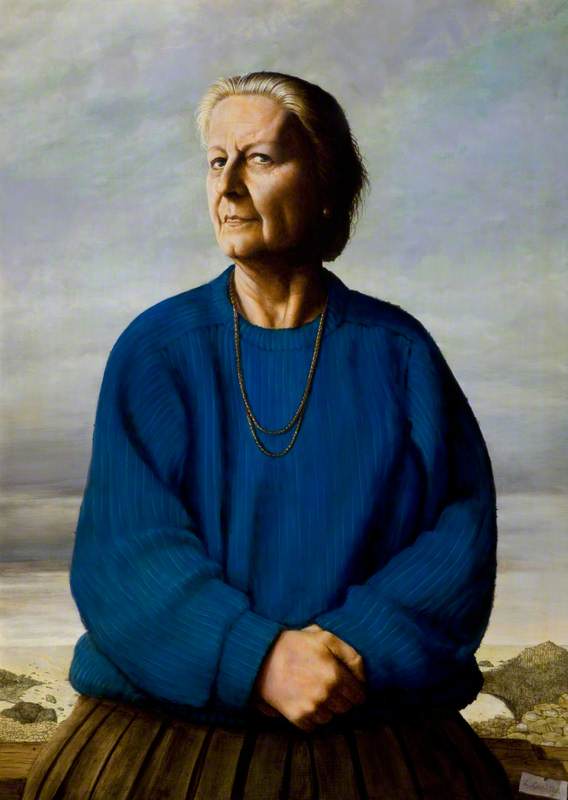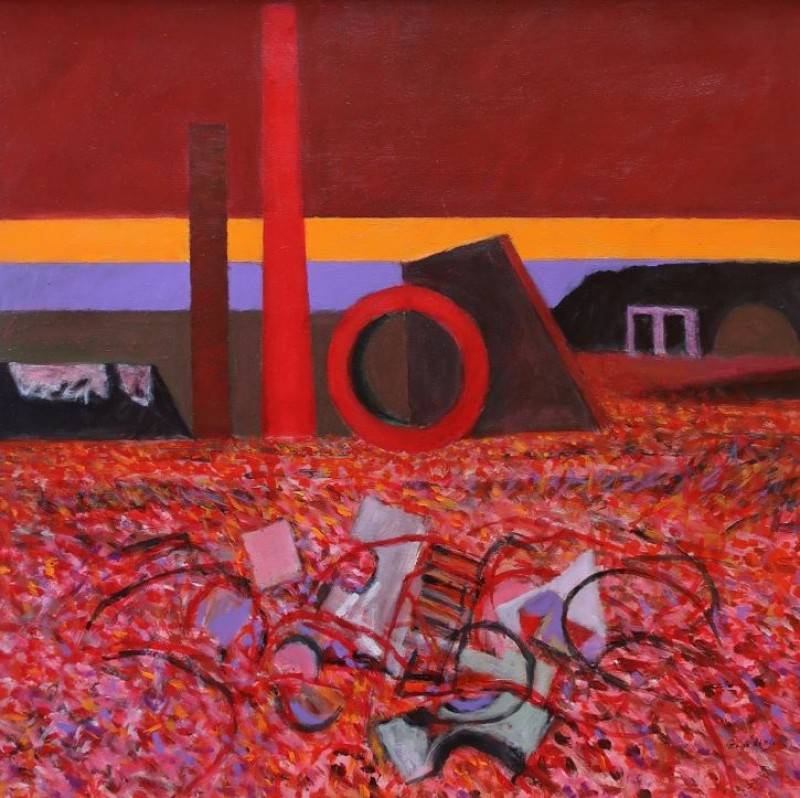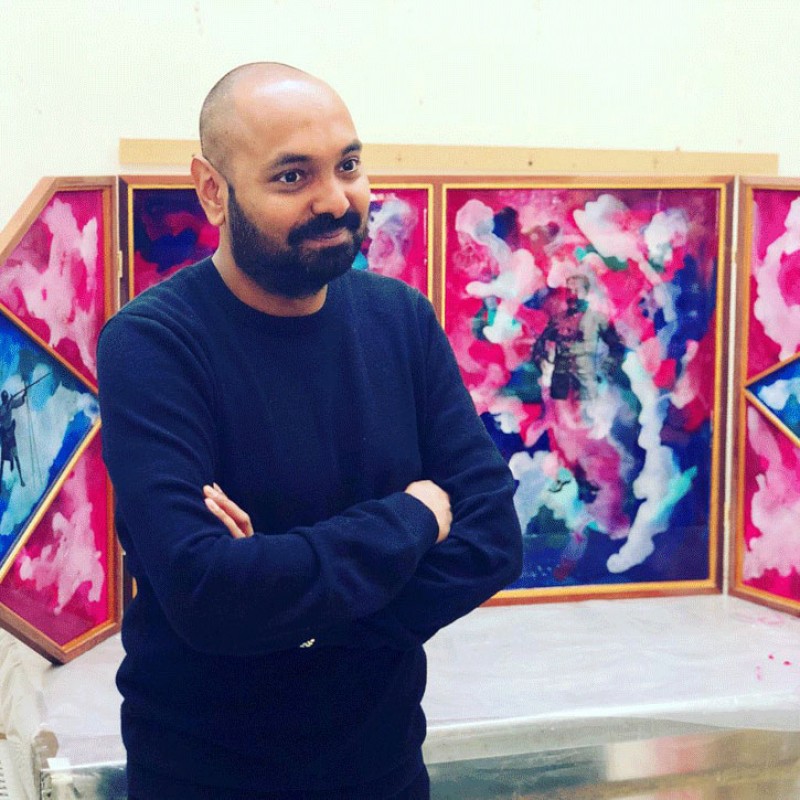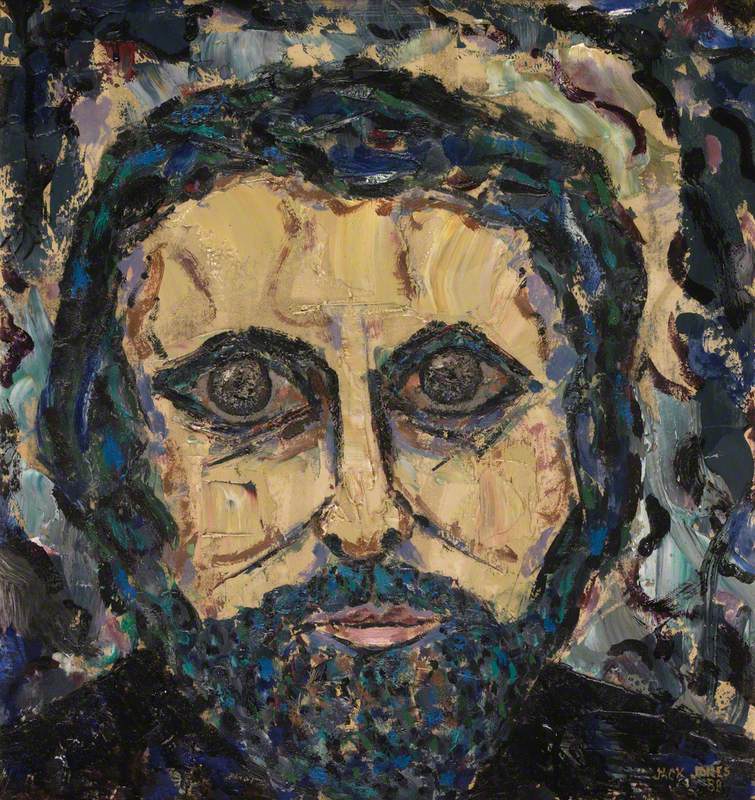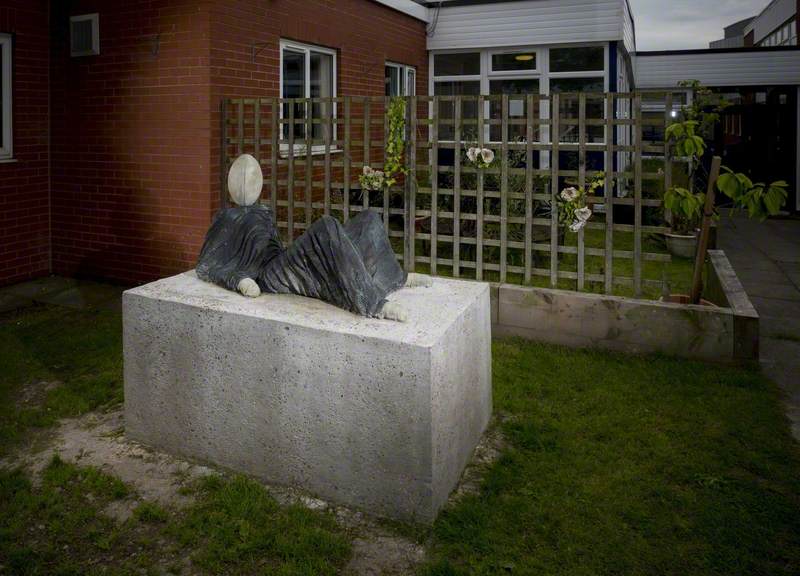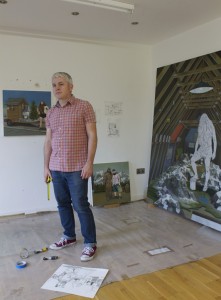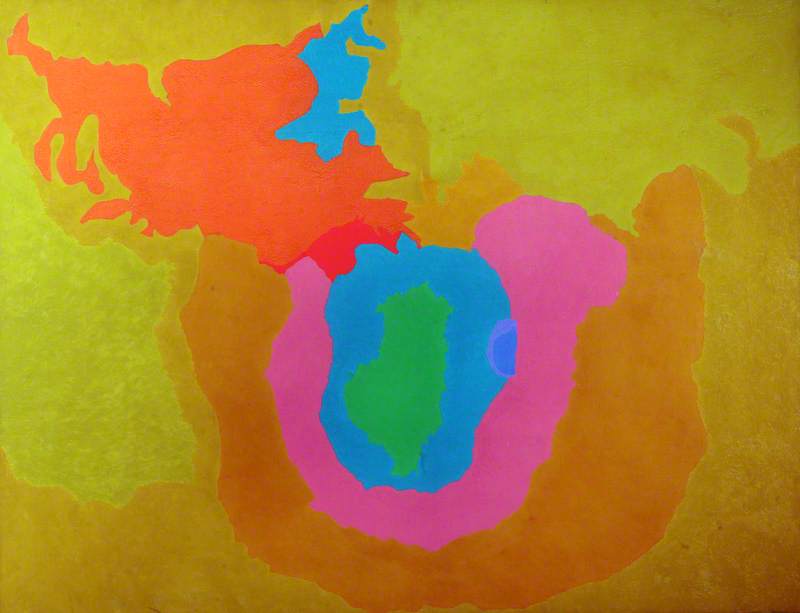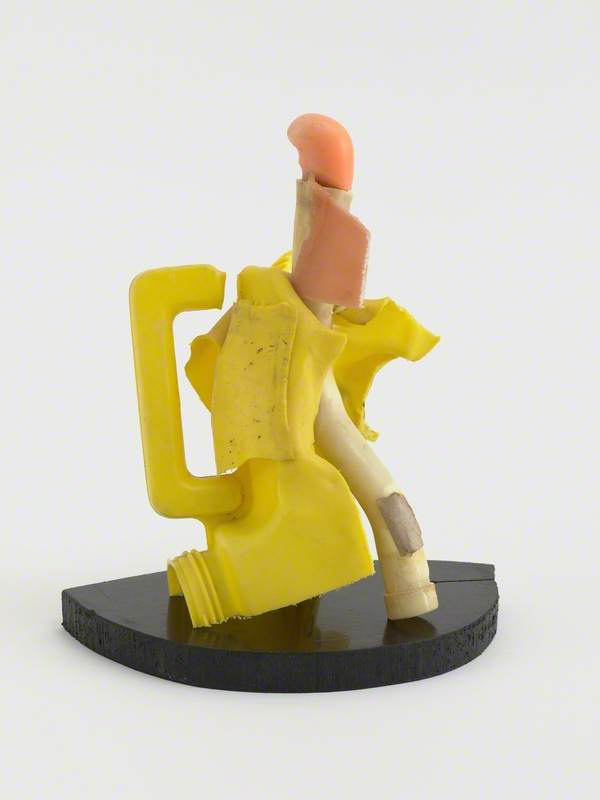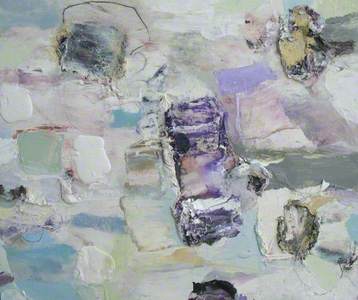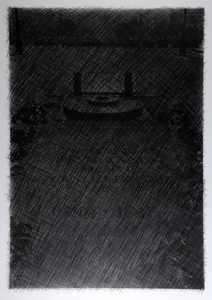Peter Wakelin introduces an exhibition showcasing the contemporary artworks collected during the first quarter century of Swansea's Wakelin Purchase Award.
The Turner Prize is more famous, Artes Mundi is more lucrative and a host of other prizes are more prestigious, but the Wakelin Award at the Glynn Vivian Art Gallery in Swansea has made a significant contribution to one public collection over the past quarter century.
The exhibition 'Celebrating 25 years of the Wakelin Award' at the Glynn Vivian until 1st September presents its combined outputs so far. Given the Award's modest beginnings and limited funds, it is astonishing to see what has been achieved. The displays fill the largest space in the gallery and spill onto the landing outside. In a period when acquisition funds for many public galleries are under extreme pressure, they show how one small project can help an institution to reflect contemporary art.
The first winner, in 2000, was the sculptor Robert Harding, selected by painter Glenys Cour. The piece purchased was titled Soft Option and he generously gave another piece to accompany it, Rocking Bowl.
The works acquired have been seen in displays and exhibitions over the years but this is the first time they have been shown together. The diversity of artists, themes and media is extraordinary.
About the Wakelin Award
My parents, Richard and Rosemary Wakelin, were both artists who were active supporters of Swansea's galleries and artists' groups. With the Association of Artists and Designers in Wales they set up what is now the Mission Gallery and the adjacent artists' studios, and they were active in the Swansea Art Society and the Friends of the Glynn Vivian among others.
When my mother died in 1998, we thought a good way to remember them both would be to support artists and help the Glynn Vivian to keep collecting through an annual purchase. The Award now continues also in memory of my brother Martin Wakelin, who died in 2012.
Under the scheme, the Friends charity in consultation with the gallery staff invites a different selector each year to research and choose a winner, who must be a Welsh artist or craftsperson not yet well represented in public collections. Past selectors have included artists, lecturers, curators and critics.
Previous winners
David Garner's very large wall-mounted assemblage, Politics Eclipsed by Economics, acquired in 2004, was highly expressive of its moment, soon after the last deep mines had closed in south Wales. It was made with a piece of tarpaulin, working gloves and miners' jackets that had been thrown aside by British Coal even as they were taken from the miners' backs. Above them was a sunset of electronic components representing the new industries that were promised as the future for the Valleys.
Among the youngest beneficiaries so far is the Welsh-Ghanaian textile artist Anya Paintsil, who won in 2020, the year she graduated in Fine Art at Manchester. The award was early recognition at the start of what has already become a stellar career – she has exhibited internationally and is now represented in multiple British, European and American collections.
Several winners have felt that the Award gave them critical support. Sculptor Jonathan Anderson has written: 'For me the Wakelin Purchase Prize was a life changer. At the time I was awarded the prize I was technically unemployed and had been on the dole for three years … Knowing my work had a place in [the gallery] gave me the strength I needed to get through. The net result of that situation, due to some good luck and kind people, was that within 24 hours I was self-employed as an artist and no longer had to be on the dole.'
Some artists were well-established and yet not represented in collections in their home country before winning the Award. The internationally known photographer and filmmaker Richard Billingham, for example, who lives in Swansea, did not have work in any Welsh collection before he won the Award in 2018, selected by the artist Laura Ford. The painter Dick Chappell previously had work in the collection of David Bowie, but had not been purchased for any public collection before he was selected for the Wakelin Award by art dealer Martin Tinney in 2006.
The media represented by the winning artists has been wide-ranging. Dick Chappell is among several other painters, including David Tress in 2001, Brendan Stuart Burns in 2007, Catrin Webster (now head of Aberystwyth School of Art) and Clare Woods.
Other winners have included video artist Anthony Shapland, selected by David Alston; ceramicists Philip Eglin, David Cushway, Ingrid Murphy and Meri Wells; conceptual artists Alex Duncan, Tim Davies, Craig Wood and Cinzia Mutigli; and photographers Pete Davis and Helen Sear.
A few works are included at the end of the exhibition to represent the artistic output of Richard, Rosemary and Martin Wakelin. Martin trained as a landscape architect and designed schemes across Essex, including the recreated Tudor gardens at Cressing Temple.
Fountain of the Four Rivers
1996
Martin Wakelin (1948–2012) 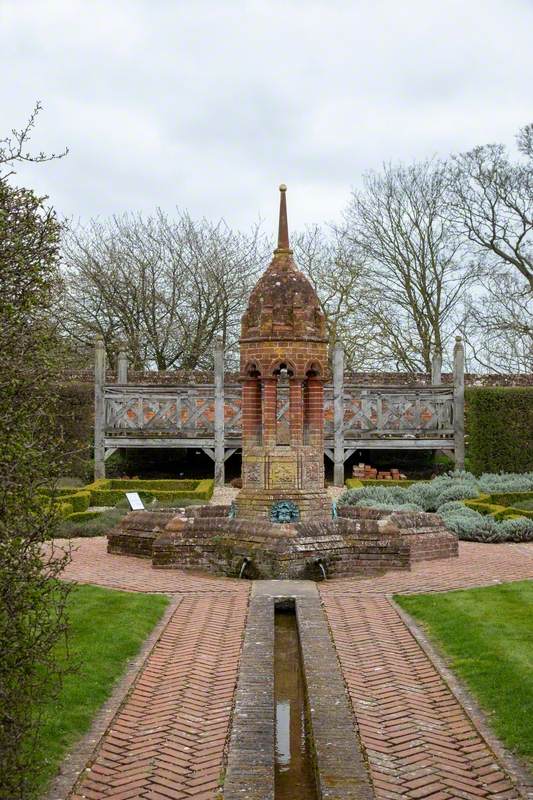
Richard and Rosemary were influenced by Op Art, especially by Kenneth Martin and Jeffrey Steele at Barry Summer School from 1968, and worked with precision following mathematical systems.
Striped Polygons
1974, acrylic on canvas by Rosemary Wakelin (1919–1998). Private collection 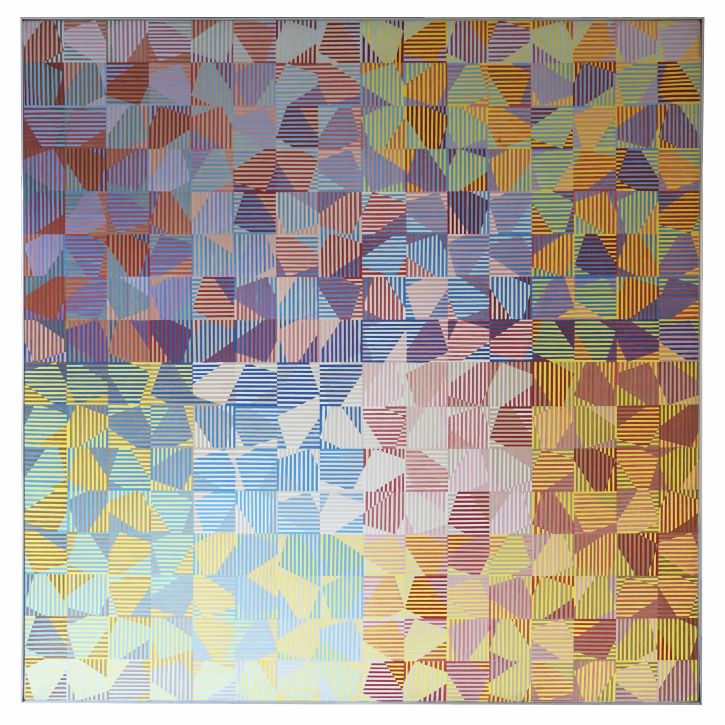
When the purchase scheme was sketched out in 1998 we thought the funds might last for five or ten years, but thanks to the efforts of the Friends and the gallery to add to the resources, and with top-ups in memory of Martin, the Wakelin Award is going strong. We hope to announce another prize before the exhibition ends.
Peter Wakelin, writer, curator and Advisor to the Wakelin Award
'Celebrating 25 years of the Wakelin Award', in partnership with the Friends of the Glynn Vivian, is at the Glynn Vivian Art Gallery from 23rd April until 1st September 2024
The publication of this content was supported by Welsh Government funding
